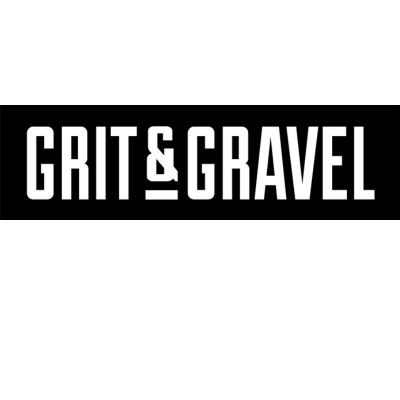Meet our Member Spotlight of the Month, the Texas Masonic Retirement Center! With an expansive and comprehensive campus and plenty of programs to keep our seniors healthy, happy, and comfortable, we’re proud to have members like them. Read more about their No Mason Left Behind Project and about life at the Texas Masonic Retirement Community below.
Texas Masonic Retirement Community
Luxury High-Rise, Cottage Duplexes, or Cozy Apartments
At Texas Masonic Retirement Community, you’ll enjoy the finest accommodations with pricing and payment options to fit your lifestyle. We also offer a special Nursing Care Area to all qualified Texas Masons, relative of Masons, and affiliated Masonic Organizations.
All residents enjoy our expansive array of services including delicious meals, weekly housekeeping, onsite activities, offsite entertainment, shopping excursions, and more. All amenities and services are offered to every resident, regardless of the choice of living arrangements.
We’re proud to offer luxury high-rise living with a variety of floor plans for one-bedroom, two-bedrooms, and efficiency apartments. The high-rise buildings are conveniently connected by enclosed hallways to the dining area and community rooms. No need to get out in the weather to enjoy meals and activities with other residents.
We also offer a wide variety of apartments in our Historic Main Building. These cozy and convenient units are the most affordable option and provide direct access to the dining area and community gathering rooms.
Looking for a choice more like a personal residence? Consider our Cottage Duplex accommodations. These homes are just steps away from the dining area and all activities–yet give you added options like a garage and patio.
For information on availability or to schedule a tour at the Texas Masonic Retirement Center, contact us at 817-275-2893 or send an email to [email protected].
No Mason Left Behind Project
The No Mason Left Behind Project helps provide comfortable and safe accommodations for older Texas Masons & their loved ones at Texas Masonic Retirement Community – ALWAYS.
We like to share stories of our residents helped by this program in order to help you understand the tremendous difference your donation makes for those who may be facing desperate poverty, unsafe living conditions, or other difficult choices. Read Judy’s story below.
Mother of a Mason Helped By Donations Like Yours – Health Problems, Cannot Live Alone, Unaffordable Housing
Judy, age 80, answered a phone call from her frantic daughter two years ago.
“Mom, I’ve called over and over! Your personal alarm paged me and an ambulance is on the way. What is going on?”
“I had completely blacked out,” explains Judy. “We figured out later that I had gotten up in the night, fallen, and hit my head on the shower door. Just before I became unconscious, I must have pressed my personal alarm button.”
However, the alarm service routed the ambulance to a wrong address. With directions from Judy’s daughter, first responders eventually arrived and transported Judy to the hospital. After a few days recovering from the ordeal, she learned the new direction her life would take.
“The doctor told me I couldn’t live alone any longer. It was just too dangerous. I looked into senior living in Florida. The prices were far beyond anything I could afford. Then my son, Charles Powell, a Master Mason living in Mansfield, Texas, said, ‘Well, mother, I know you need a safe place to live. Let’s see if we can get you into the Texas Masonic Retirement Community (TMRC). They accept relatives at no charge, if you qualify for eligibility.’ ”
With approval of her application, Judy moved into TMRC in November 2020. If she chooses, Judy may live the rest of her life in her cozy private apartment at no cost. This includes all meals, activities, medical care, and more.
“I’ve had two strokes since I’ve been here,” says Judy. “They’ve taken great care of me through it all.”
A woman of strength and purpose, Judy raised three children. She added to the family income as a waitress, cook, and in other food service positions. With her children grown and settled, Judy decided to see the world—as a semi-truck driver.
“I bought my own rig and worked as an owner/operator pulling 18-wheeler trailers up to 53 feet long. I drove in 48 states and Canada. People here love to hear my stories!”
Although she has significant health care challenges, Judy zips around on her scooter with a bright smile.
“I get up every morning and thank God I have place to call home. I go and I do. Tomorrow night we’re going to Cleburne for a Marananth meeting. It’s great living here!”
The No Mason Left Behind Project helps provide older Texas Masons and their qualified loved ones with all-inclusive 24 hour a day/7 days a week accommodations at Texas Masonic Retirement Community–including medical services and nursing care. The cost of these benefits exceeds $2.5 million annually.
Want to make a donation to the No Mason Left Behind Project?
You can use our secure online donation service or print out and mail in a donation form. We look forward to paying tribute to your kindness and benevolence. A complete list of recognition awards and amenities is included at YourTMRC.org/donate.

Check out more of MCSA’s incredible Member Spotlights on our News Page!
















